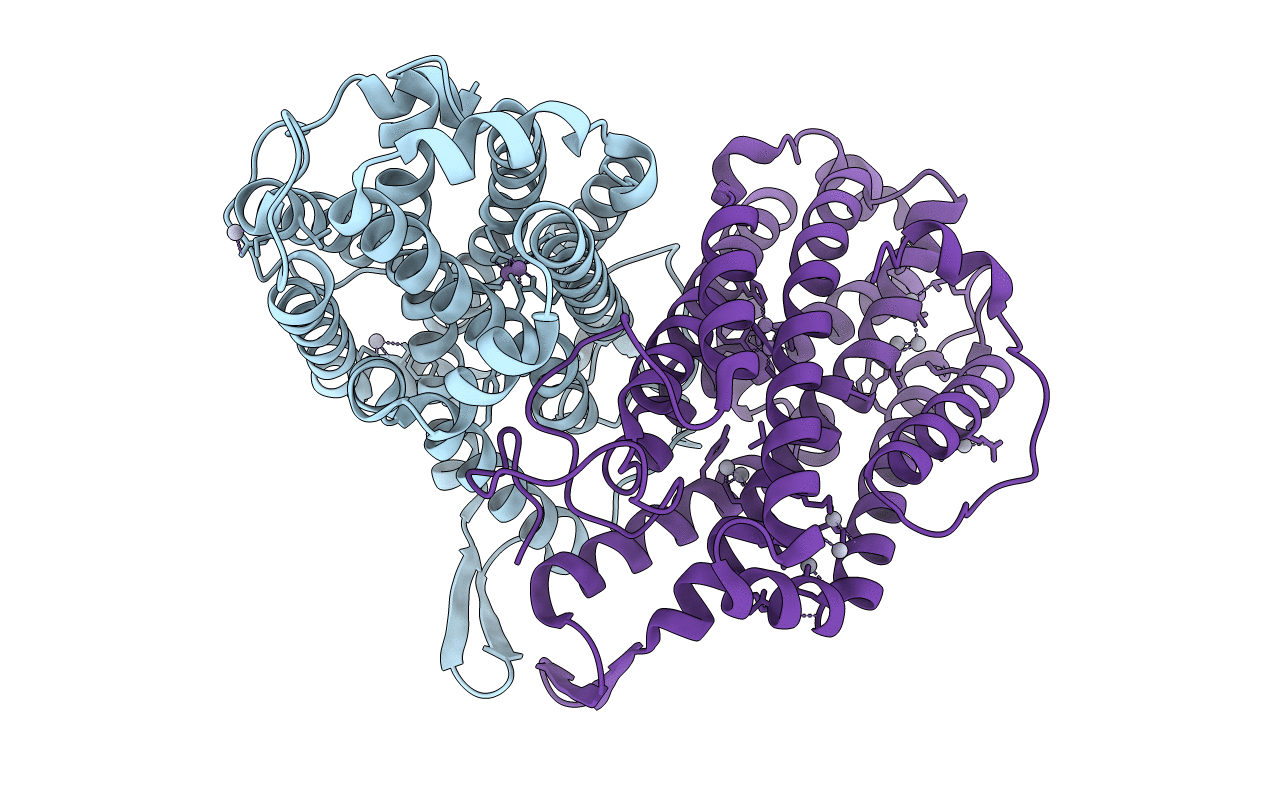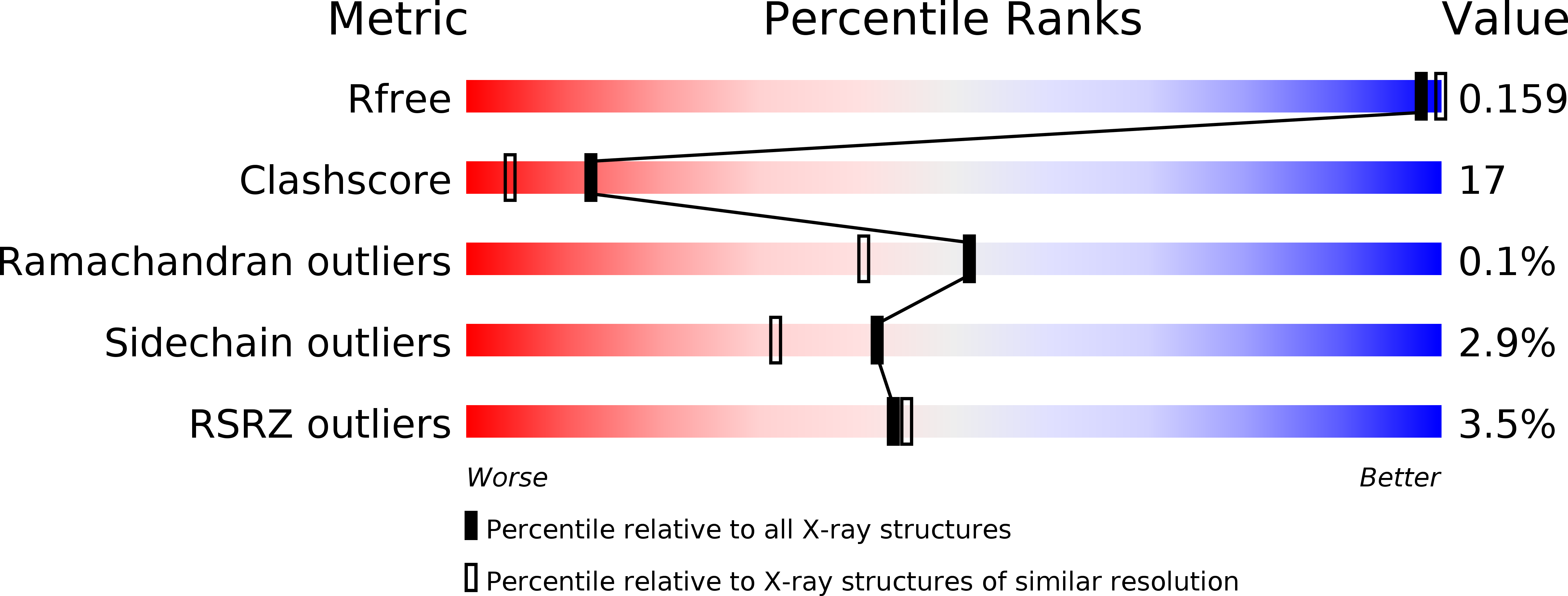
Deposition Date
2001-08-03
Release Date
2001-08-15
Last Version Date
2024-04-03
Entry Detail
PDB ID:
1JPR
Keywords:
Title:
Mn substituted Ribonucleotide reductase R2 from E. coli oxidized by nitric oxide
Biological Source:
Source Organism:
Escherichia coli (Taxon ID: 562)
Host Organism:
Method Details:
Experimental Method:
Resolution:
1.88 Å
R-Value Free:
0.21
R-Value Work:
0.15
R-Value Observed:
0.16
Space Group:
P 21 21 21


